If there is one lens that completely changed my outlook on photography, this is that lens. I know I usually don’t say that gear can make you a better photographer, and I’m not saying that this lens made me a better photographer. But it did help me realise and execute my vision. I use these two photos as an example of that, in the first photo, shot in 2005 on a K-M Z2 digital camera at the widest angle I knew exactly what I wanted to capture. That grand scale of the Hearn generating station, but I couldn’t with the gear I had. So when I got back five years later (ironically almost five years to the day of the first photo), I had not only the right lens but also the know-how to use it to execute that original vision. The Nikon 14-24 is probably one of my favourite lenses to work with; as a wide-angle junkie, this lens is pretty near perfect for how I like to photograph architecture, landscapes, and urban scenes. And this is a lens that, despite all logic, is not a fisheye. Your straight lines will stay straight. And Nikon has never released an older D-Type version and has done little to change the lens since its initial release. And one that, despite the weight, I will never hesitate to pull out and use on any Nikon camera.
Lens Specifications
Make: Nikon
Model: AF-S Nikkor 14-24mm 1:2.8G
Focal Length: 14mm to 24mm
Focal Range: ∞ – 0.28m
Aperture: f/2.8 – f/22, 9 Blades
Structure: 14 Elements in 11 Groups

Nikon D750 – AF-S Nikkor 14-24mm 1:2.8G
Build Quality
This is a strange lens when it comes to construction. It’s big, heavy, and will throw off the balance of any camera you mount it on, and that goes for the D750. You will want to have some grip on the camera to help get that centre of gravity back, but on the F5, it is a wonderful lens and well balanced. The construction of the lens is all metal, save the outer shell, which is plastic. The zoom ring is smooth and clearly marked. The internal focus motor gives a smooth manual focus ring that stops at infinity and closes focus marks. The switch on the side helps switch the autofocus on and off in conjunction with the switch on your camera. But the biggest part you’ll notice on the lens is the front element, it is a massive piece of glass, and it is curved. That will be important for the image quality itself, but the direct result of that is you cannot mount any filter on the front of the lens. In fact, there is no facility to put any filter on the front. In comparison, that does affect us who still shoot film, as in the digital realm, it is easy to apply any correction or contrast filters. You also cannot mount a lens hood; now, there is a rather small hood integrated into the body itself, which offers some flare protection but not much. You also have to watch out for that front element; it is easily damaged being exposed. I have one small nick on mine, but it doesn’t affect the image quality. Being a G-Type lens, there is no aperture control ring, but on most modern Nikon cameras, the lens will work perfectly in all modes.
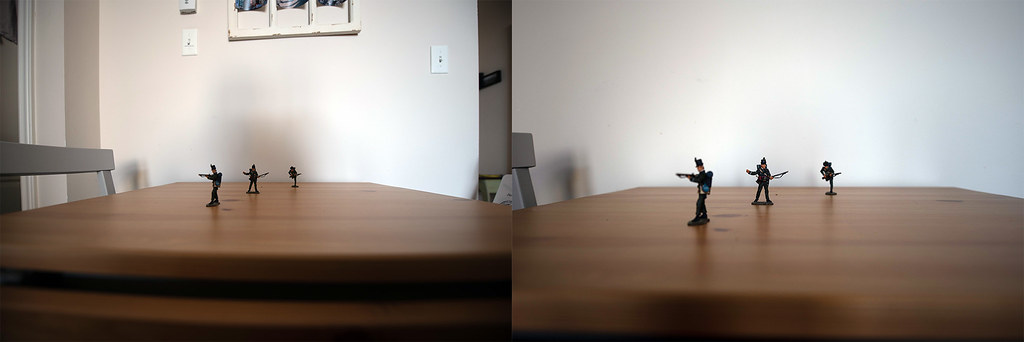
Nikon D750 – AF-S Nikkor 14-24mm 1:2.8G
Nikon D750 – AF-S Nikkor 14-24mm 1:2.8G
Nikon D750 – AF-S Nikkor 14-24mm 1:2.8G
Nikon D750 – AF-S Nikkor 14-24mm 1:2.8G
Nikon D750 – AF-S Nikkor 14-24mm 1:2.8G
Image Quality
I’m not one to use the word perfect to describe a lens, but this one is certainly one of the lens I own that comes the closest to being perfect. As I mentioned in the previous paragraph, that curved element at the front makes this lens what it is; it allows your straight lines to be straight. And yes, there is some distortion when you’re getting up close, but the lines do stay straight for the most part, which for a 14mm lens is impressive. Another impressive feat on the lens is that there’s no fall-off at the corners at any apertures, and the lens is sharp corner to corner at any aperture. The sweet spot is all across the board. While unimportant, the out-of-focus elements are rendered smoothly but aren’t anything special or to write home around. And given that I primarily use the lens for landscape and architecture, I don’t often use the lens wide open or do close focus. Although the lens’s close-focus ability is impressive, I had the lens right next to the subjects when I was shooting the test shots. Despite having a small integrated lens hood, the lens doesn’t flare easily, thanks mainly to the Nano coating on the lens elements.

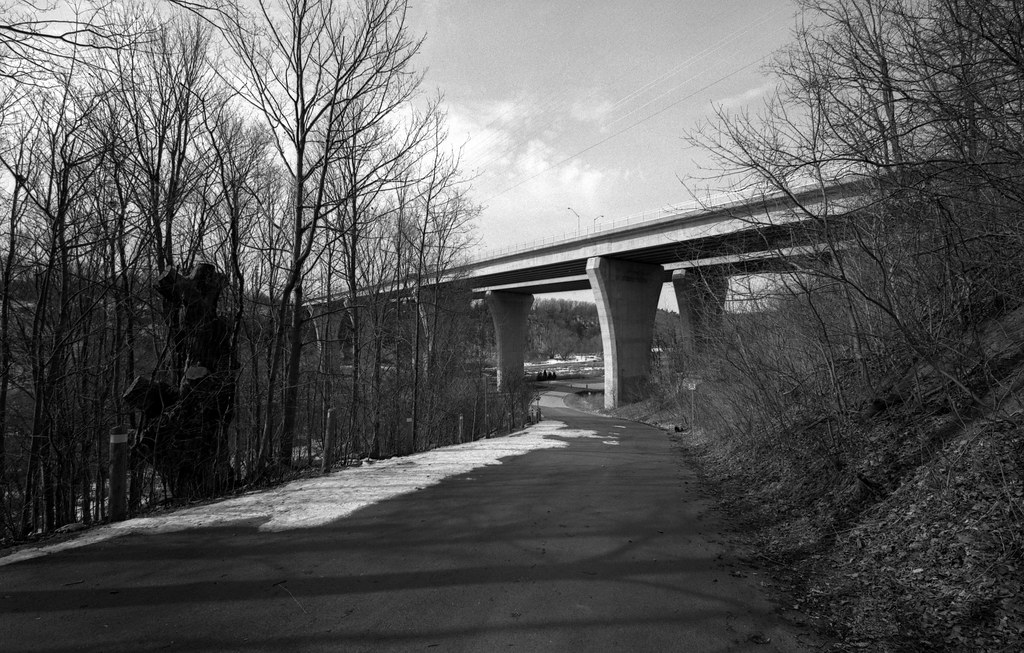

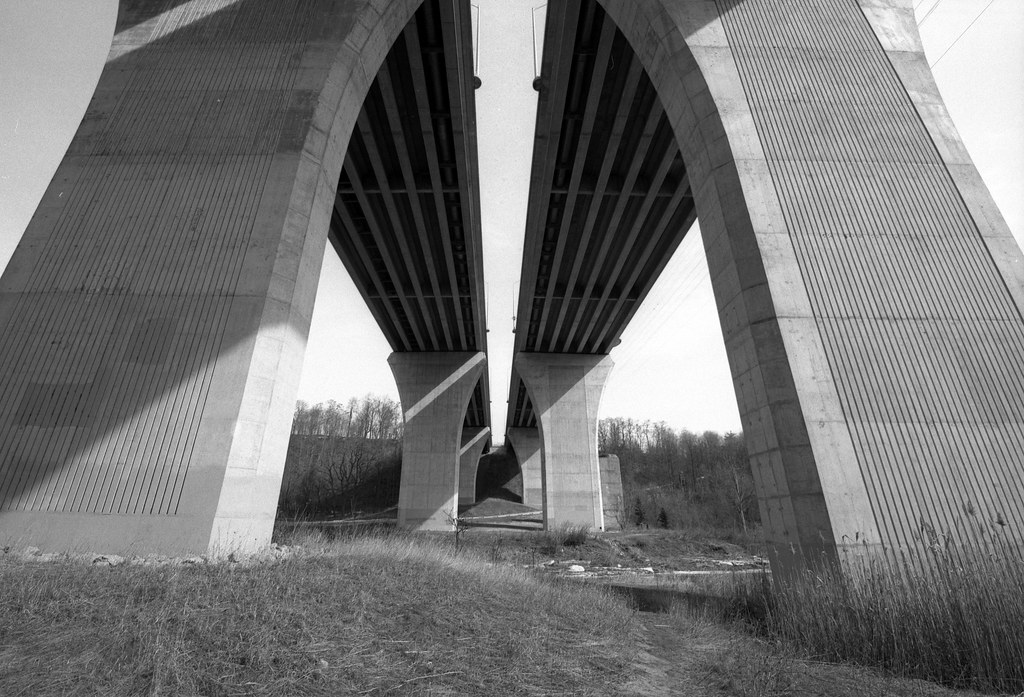

Applications
The primary reason I got this lens is that I was doing a lot of abandoned building photography, and the 14-24/2.8G is the perfect match for the big empty buildings I was poking around. Perfect for Real Estate photographers looking to capture interior and exterior spaces and exaggerate even the smallest of spaces. Even if you aren’t working inside buildings, capturing massive architectural locations is one of my favourite lenses to bring to big cities with narrow sightlines. For those who aren’t fond of the urban environment, the 14-24 is a powerful landscape photography lens if you intend to capture everything in and beyond your own field of vision. And the fact that it helps keep your straight lines, straight, means there is little you need to do to adjust for distortion. It can also be used in a pinch for event photography for capturing large group images. Plus, the fast f/2.8 aperture allows for easy use indoors in low light conditions combined with the ultra-wide-angle means that even at f/2.8, you do get a lot more in focus. The one application I cannot recommend it as a portrait lens because you will get distortions of human features as you get in close.


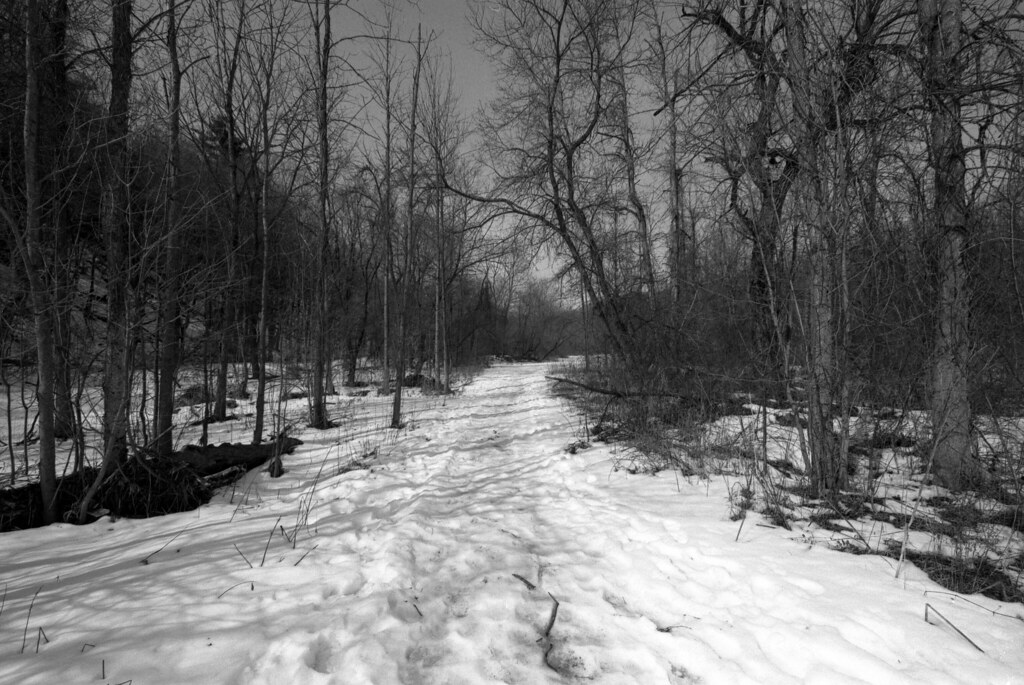

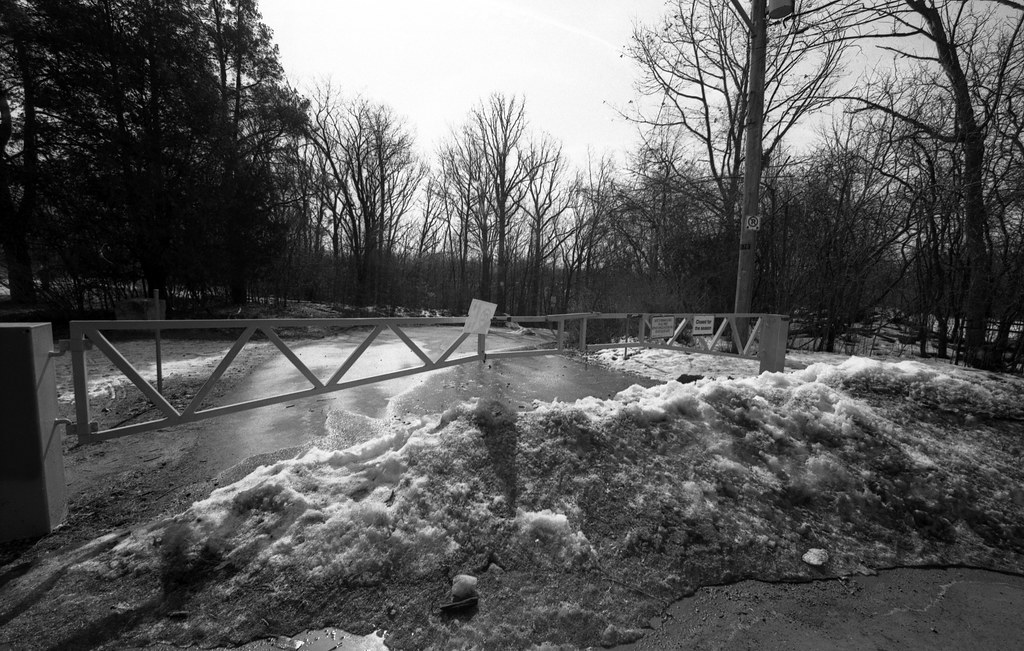
The Low Down
This lens, both new and used, is not cheap. But it is worth every penny. I remember the first time I used the lens, I ended up seriously impressed, and the lens rarely left my Nikon D300. And despite not being able to use it to full effect on a crop sensor body, I also used it on my Nikon F80 and my F4 with great effect. I honestly feel that because I had this lens is what kept me in the Nikon system, including the purchase of the F5 and this winter’s purchase of the Nikon D750, my first FX-format digital SLR. On the used market, the lens costs around 1,300$ and a new copy costs 2,200$. Not everyone needs this lens. The average photographer can get away without having this lens in the Nikon trilogy (being the 14-24, 27-70, and 70-200), although if you are looking for speed, wide-angle, and straight lines, there is no better lens to look at and save up towards.
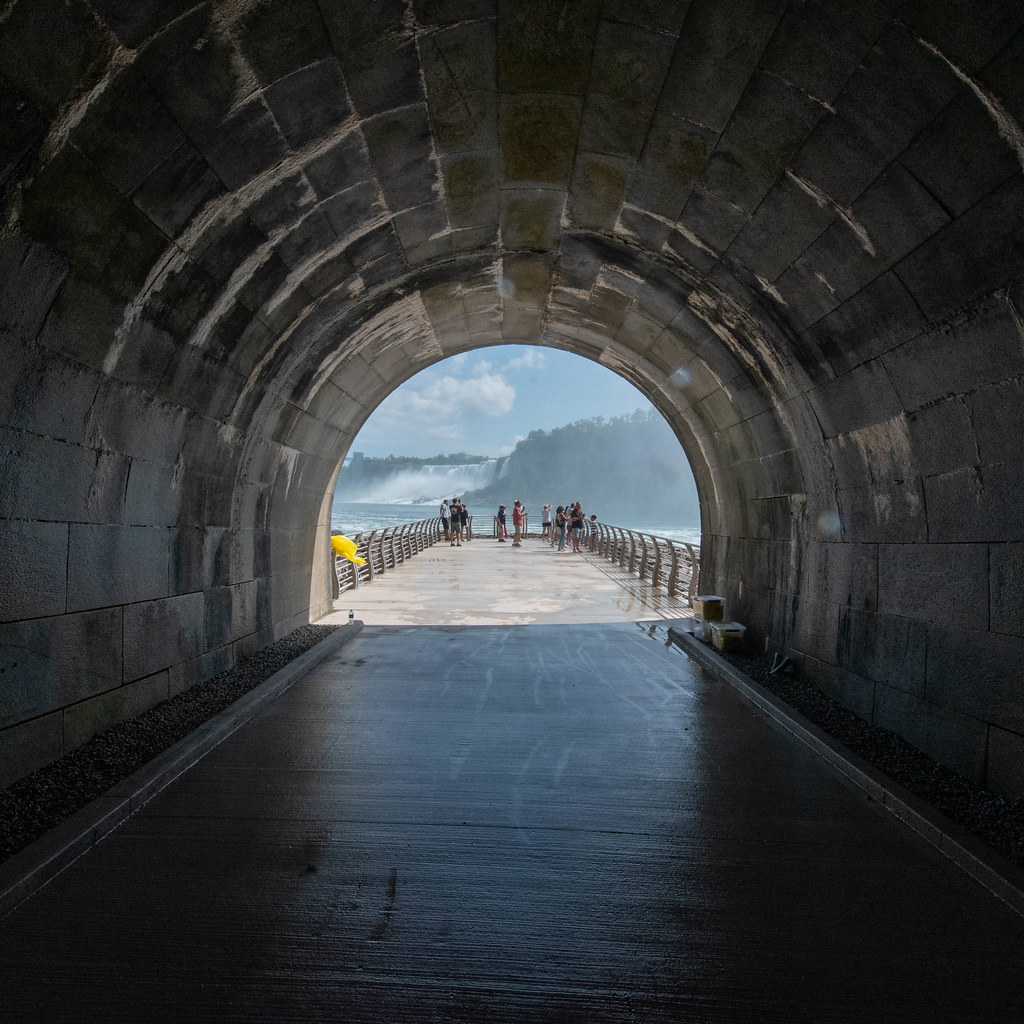




Further Reading
Don’t just take my view on the Nikkor 14-24/2.8G, check out these other reviews.
Photography Life – Nikkor 14-24mm f/2.8G Review
Ken Rockwell – Nikon 14-24mm f/2.8G Review
DSLR Bodies – Nikon Nikkor 14-24mm f/2.8G Review
Shotkit – Nikon 14-24mm f/2.8G Wide Angle Lens Review
Imaging Resource – Nikon Nikkor 14-24mm f/2.8 Lens Review
Optical Limits – Nikon 14-24/2.8G Optical Test and Review
Camera Labs – Nikon 14-24mm f/2.8G Review

3 Comments